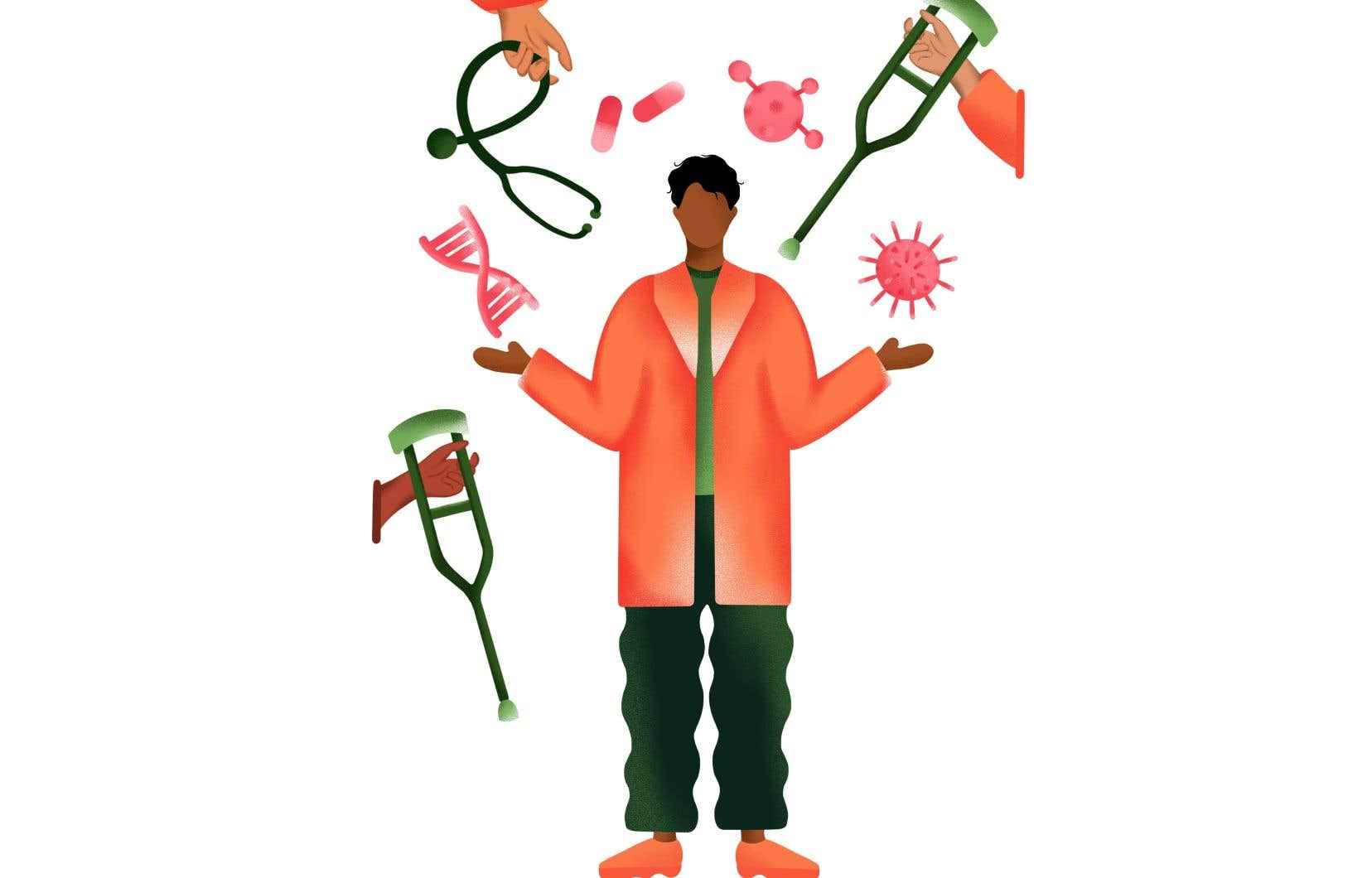“Quebecers are donors from the heart, who give in an emergency,” says Laetitia Shaigetz, president of the philanthropy consulting firm Episode. But the momentum of generosity linked to the pandemic continues. According to Monitoring the impacts of the COVID-19 pandemic on donations and philanthropy in Quebec, a survey published by the Institut Mallet in February 2022, more than three out of four Quebecers (79%) made a donation to a social, community or humanitarian cause in the second half of 2021, compared to one in two before the pandemic.
They won’t stop there. “When we asked the population in 2021 if they wanted to continue contributing in 2022, 70% of respondents told us they wanted to give as much as in 2021, if not more,” says Ms.me Shaigetz, who finds that the pool of donors has grown with the pandemic. According to the Institut Mallet, 82% of Quebecers intend to make at least one donation in 2022, and the average donation per person should reach $246. If this forecast is confirmed, this would represent an increase of 39% compared to 2021.
Donors of all ages
“It’s the elderly (76 years and over) and baby boomers who give the most, but all generations give, and you have to ask them! “Recommends Laetitia Shaigetz. Very assertive, Generation Z (those under 25) like to take a stand in relation to causes, but the firm Episode is waiting to see its gifts emerge. “The pandemic has brought about this change,” says the president, emphasizing that the culture of philanthropy develops (and must be encouraged) from a young age. Organizations must therefore work on their segmentation and their knowledge of generations to know how to reach each one. According to the Institut Mallet survey, solicitation by a volunteer remains very effective (especially among 18-34 year olds), and postal mail remains a very good way of soliciting people aged 55 and over. Online donations are down, but the Internet remains the most used way to donate money (41%).
Mme Shaigetz also notes a greater interest from companies — and particularly SMEs — for philanthropy in the post-pandemic context. “Philanthropy is a good practice to demonstrate that the SME is a “good citizen”. It’s a safe bet that the context of a labor shortage is accelerating certain reflections. Moreover, the leaders we currently support are committed to sounding out their employees about their philanthropic preferences,” adds the president.
Social inequalities at the heart of donations
Charities must respond to factors of increased social vulnerability since the arrival of the pandemic. “The first cause favored by all Quebecers remains health. But in the current economic context, they are more and more aware of social inequalities, and I predict that this cause will probably become the first supported in the coming months or in the year, ”notes Laetitia Shaigetz. According to the Institut Mallet, helping the poor (favored by 57% of people intending to make a donation), childhood and education, and medical research will remain the most popular causes in 2022.
At the Foundation of Greater Montreal, health and culture are the two sectors that receive the most donations. But for its own grant programs (the funds from which it has full discretion to determine what it finances), the community foundation has decided to focus on three priority areas that stand out strongly, according to its president and CEO, Karel Mayrand: issues of diversity and inclusion, ecological transition and the fight against inequalities. These have been exacerbated by the pandemic and are still exacerbated by the housing crisis, underlines the CEO
“We can no longer look away today. People who are forced to allocate 40 or 50% of their budget to housing will cut food. »
Towards new spinoffs
Karel Mayrand sees more and more donors creating philanthropic funds intended to be spent over a period of 5 or 10 years. “They’re moving towards a shorter-term disbursement to meet the needs now,” he notes. The effect sought with donations has also evolved. “There is more and more talk of trying to have more systemic benefits, at the root, in social or environmental matters”, indicates the CEO, for whom this represents a challenge.
Donors are also increasingly questioning how their money is placed in philanthropic funds, after having long focused on returns and administration costs. “It opens the door to impact investing programs, and it’s a turning point. By creating a philanthropic fund, the donor kills two birds with one stone by making the capital and the subsidies work together,” says Mr. Mayrand.
The Foundation of Greater Montreal is in the process of reducing the carbon footprint of its investments. It plans to invest $50 million in impact investing over the next five years.
